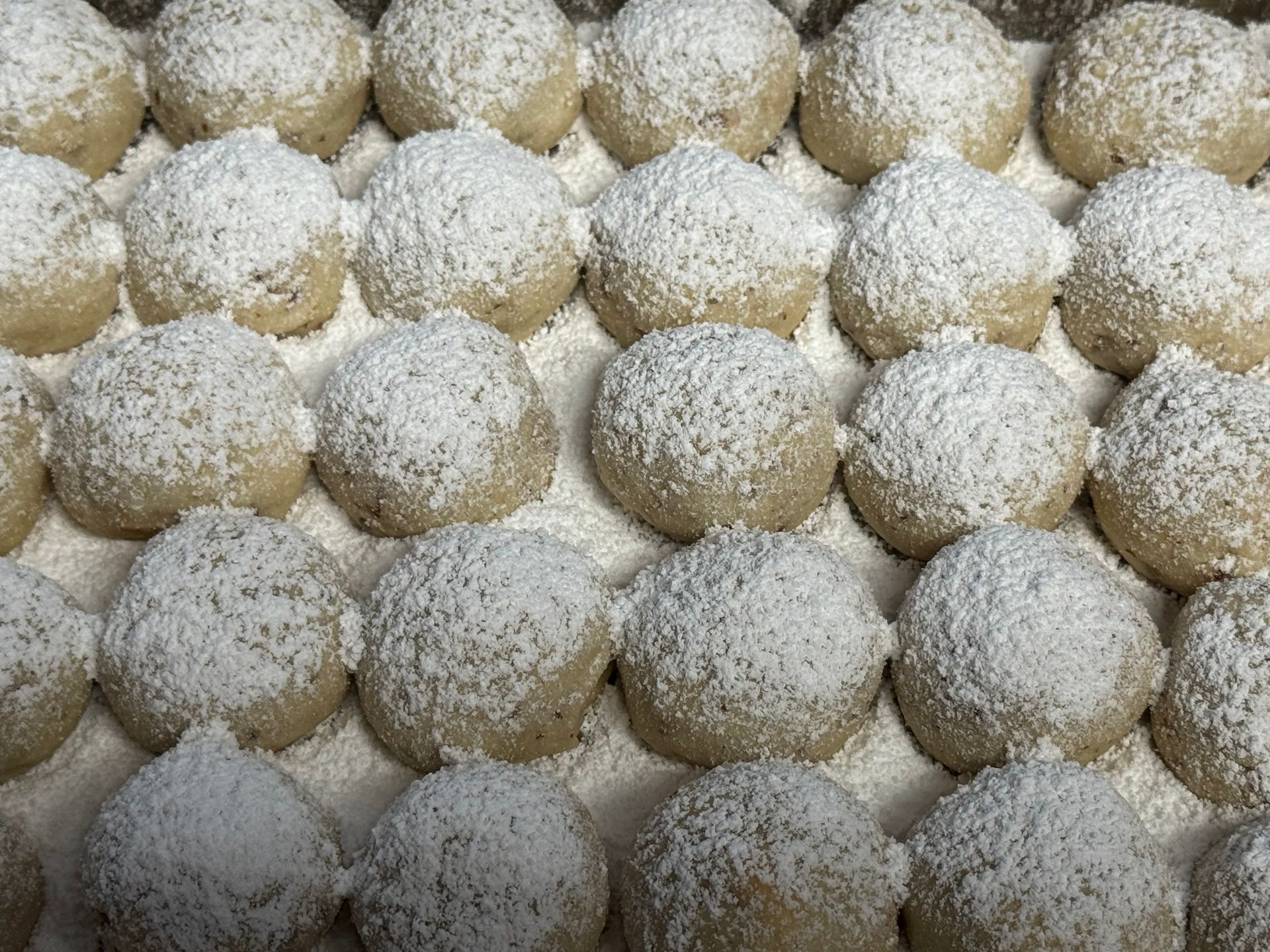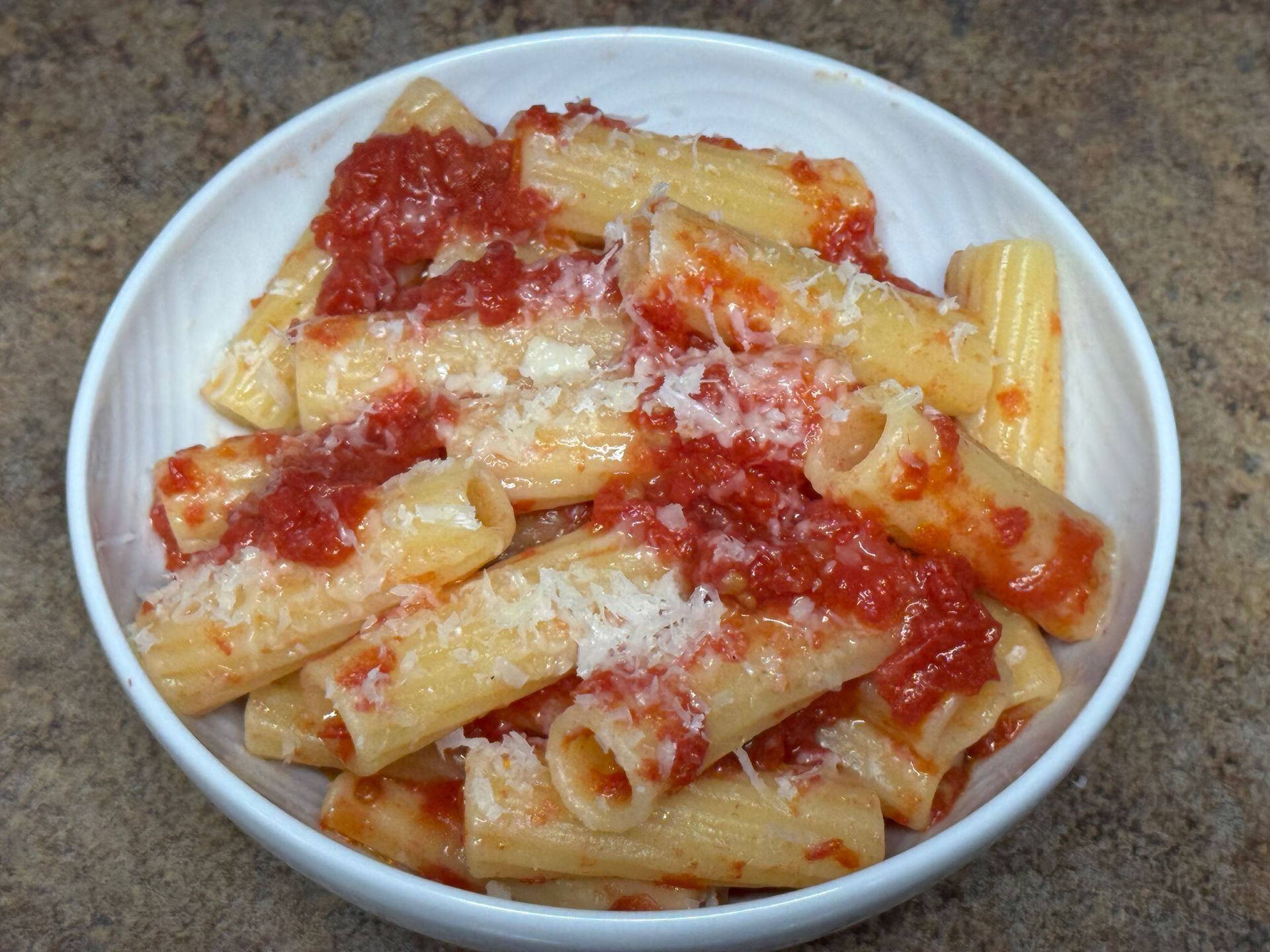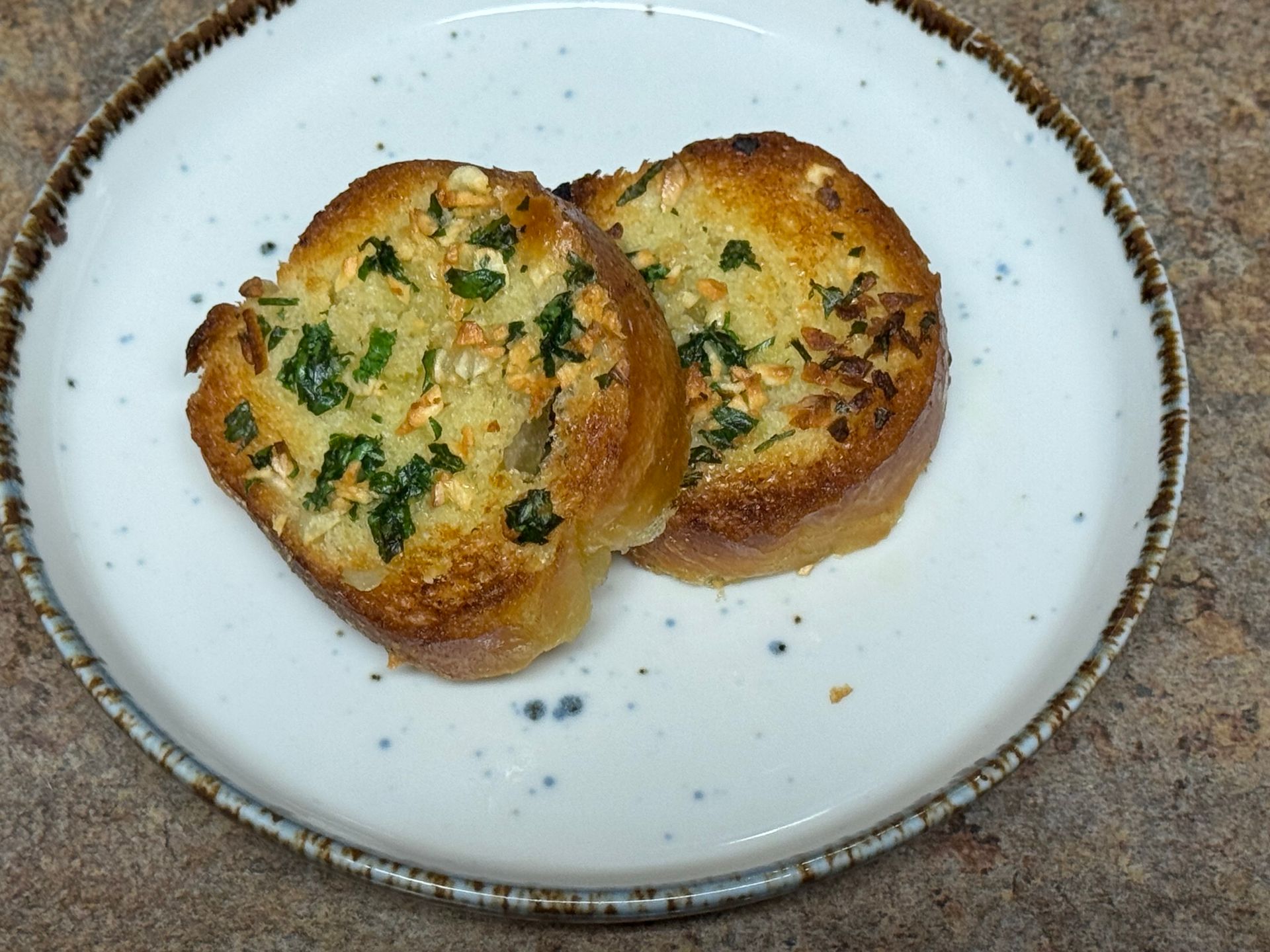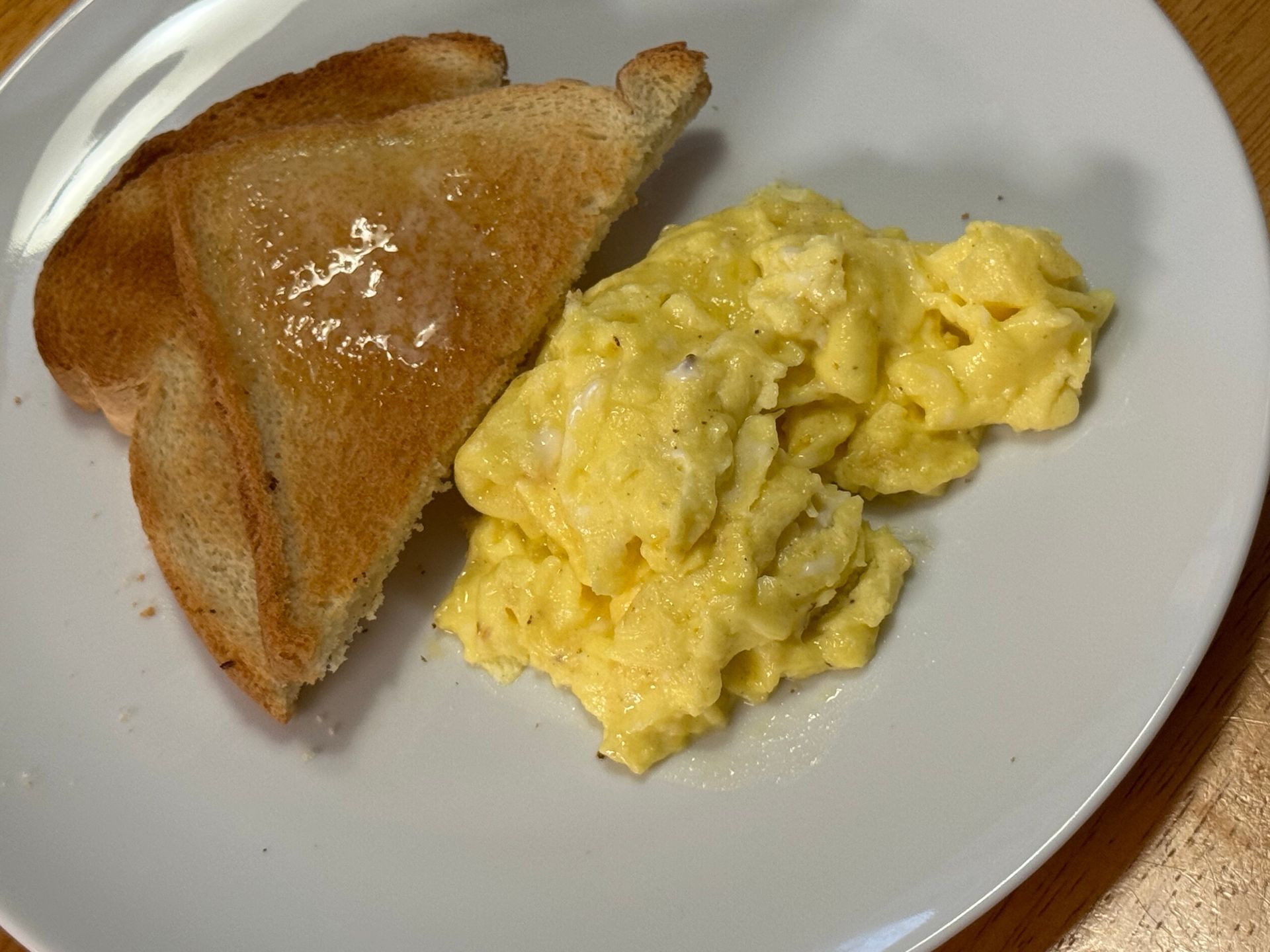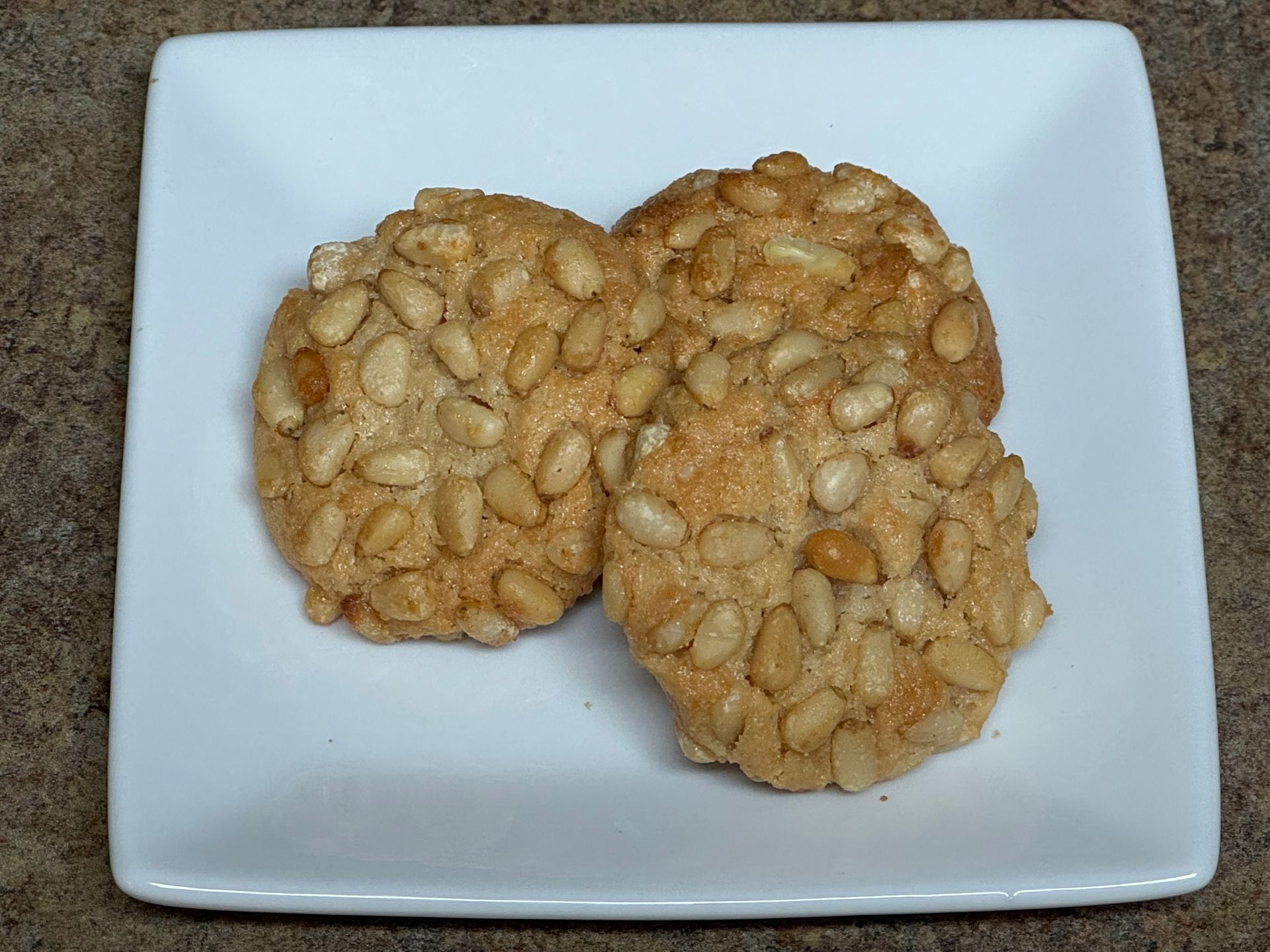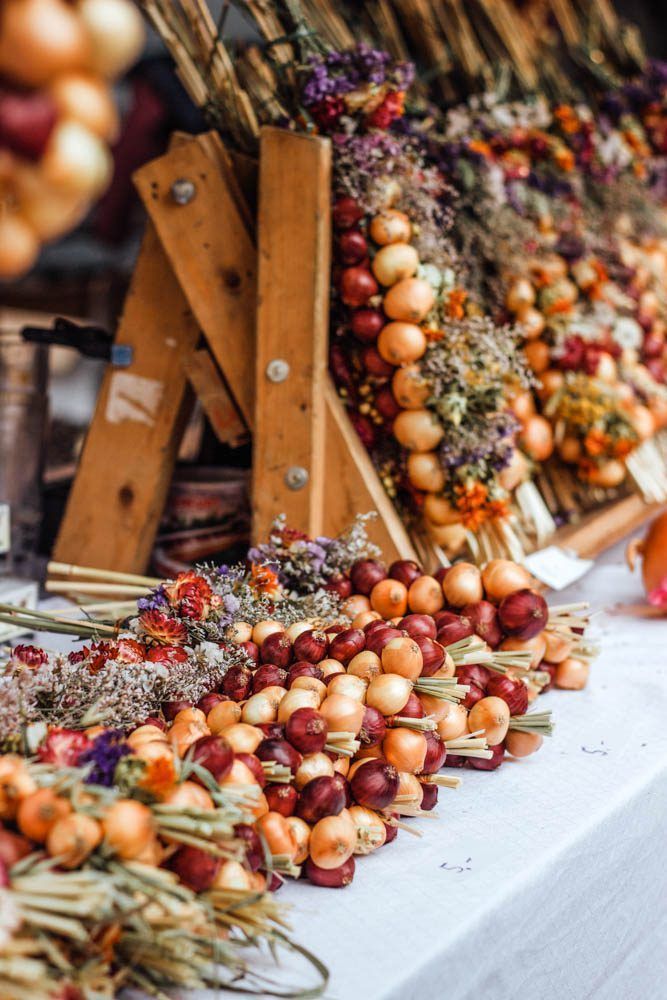
During my time at the CIA, I was fortunate to compete on a Culinary Olympic team. We competed in Weimer, Germany and were very successful. Although there was very little time for seeing sights, I did get to visit the museum of Johann Wolfgang von Goethe, enjoy amazing local sausages & get a wreath of onions during the Weimar Onion Festival. My godmother proudly hung the wreath in her home for years...
Cooking with Onions
I recently saw a video of a guy planting a the top of a 'used' onion... after about 5 months the onion scrap had grown into a beautiful, whole onion. I'm not sure I'll be growing onions in my garden but I'm very aware of the popularity of onions in so many dishes.
When CIA students begin the curriculum, they spend weeks becoming competent in peeling and slicing onions, chopping onions, mincing shallots etc... and find the sliced and chopped onions are used in many, many global recipes.
When I worked in R&D for Campbell, I visited onion farms in different parts of the country to learn about sweet onions, different sizes of onions, etc... to improve some of the soups.
I hear a variety of stories about how to cut an onion without your eyes tearing... goggles is one of the funniest!
Any chef knows the importance of keeping your knives sharp, and that seems to solve the 'onion eyes' problems.
Paring & Cutting Onions
Prep Time: 5 min
Cooking Time: 0 min
Yield: 1 portion
Ingredients
1 ea Onion
How to Prepare Sliced & Diced Onions
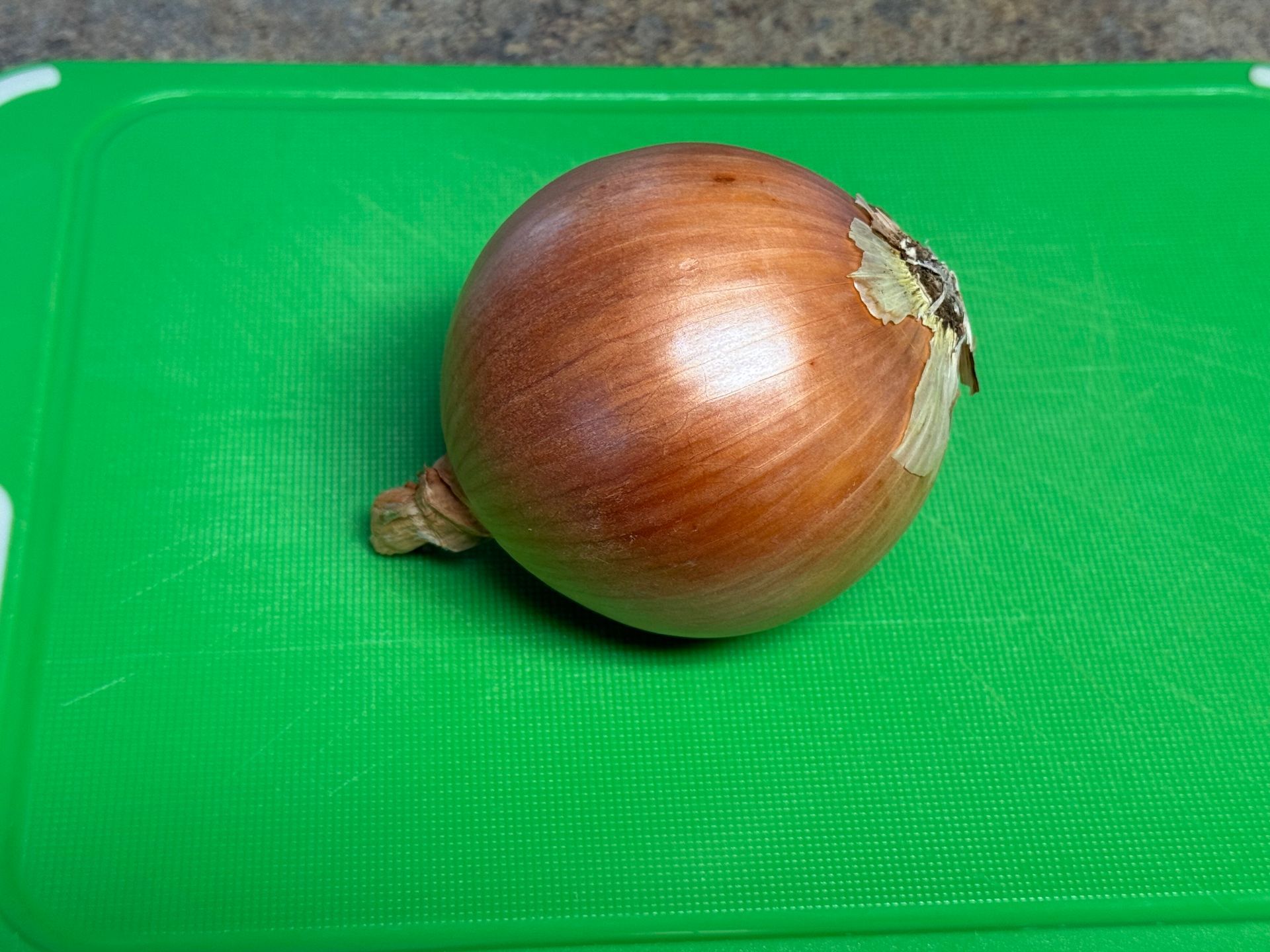
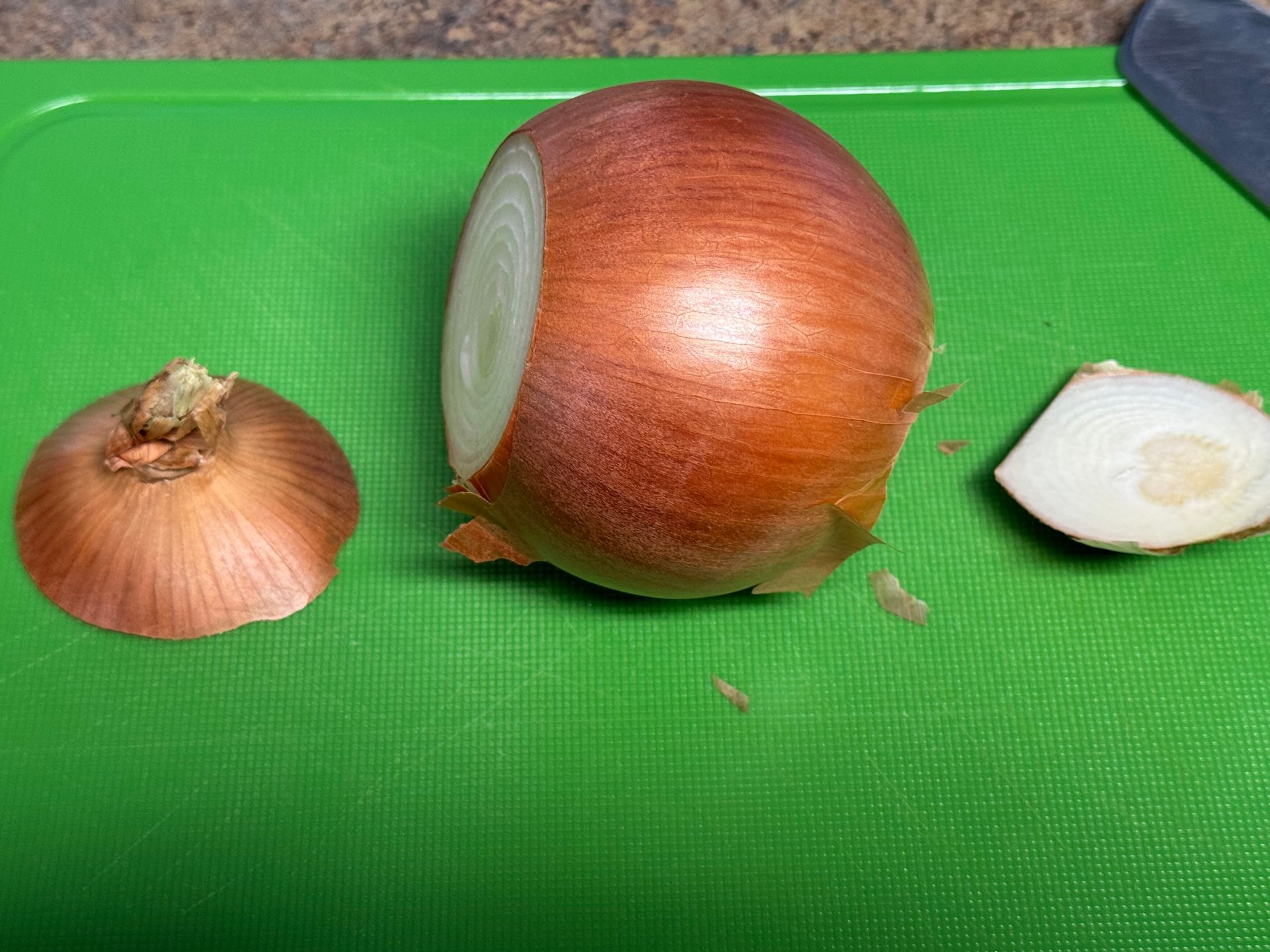
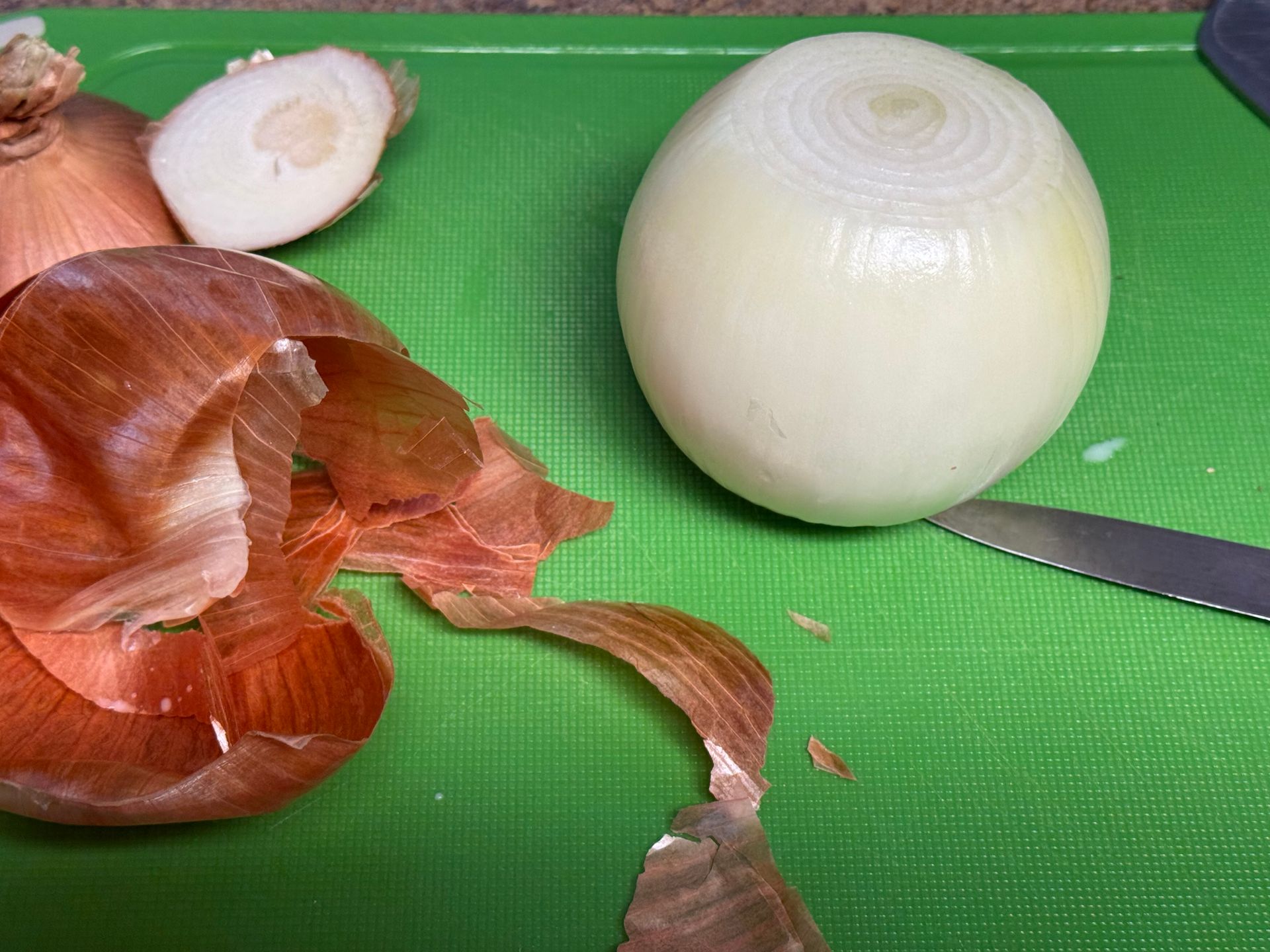
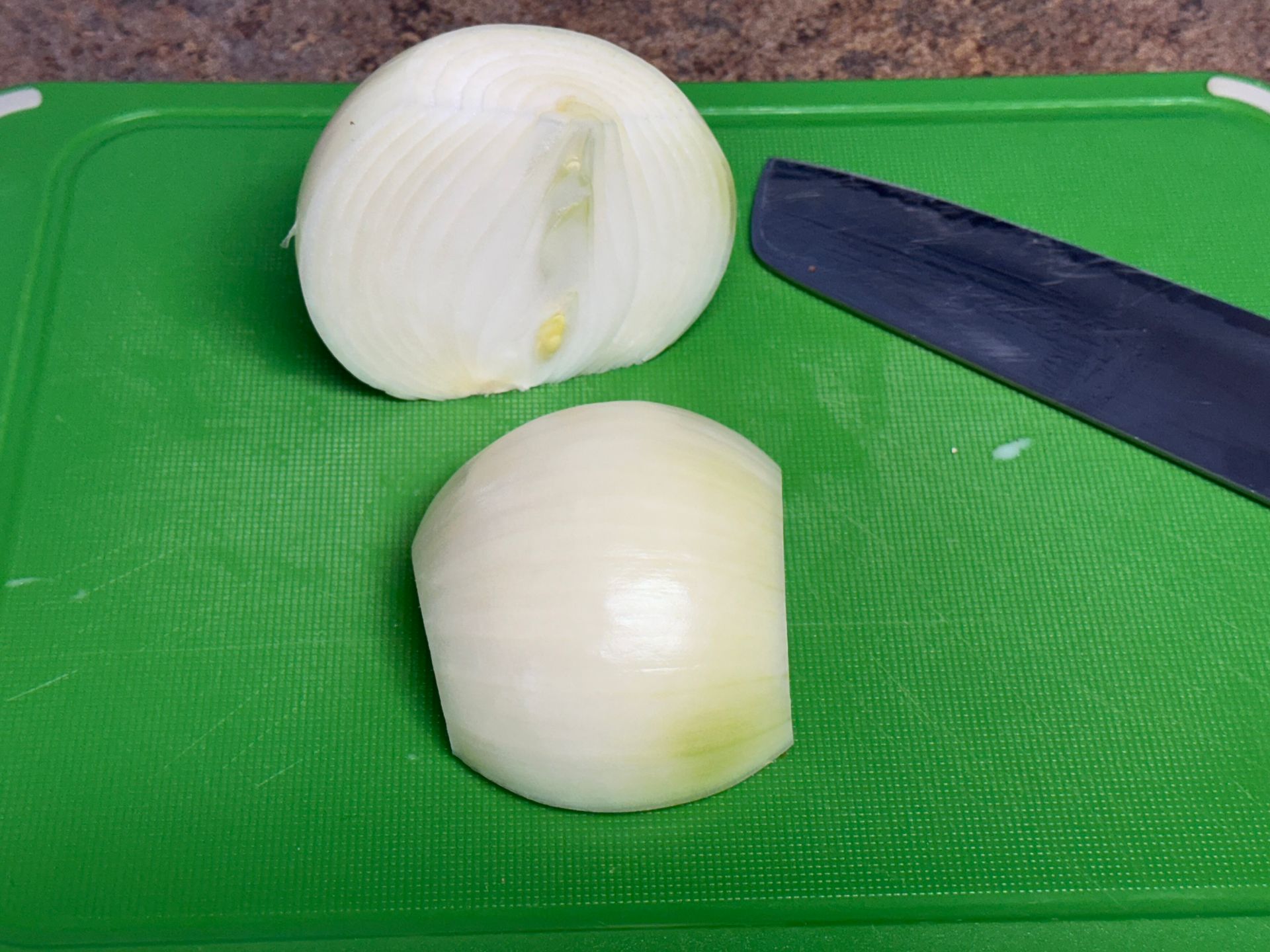
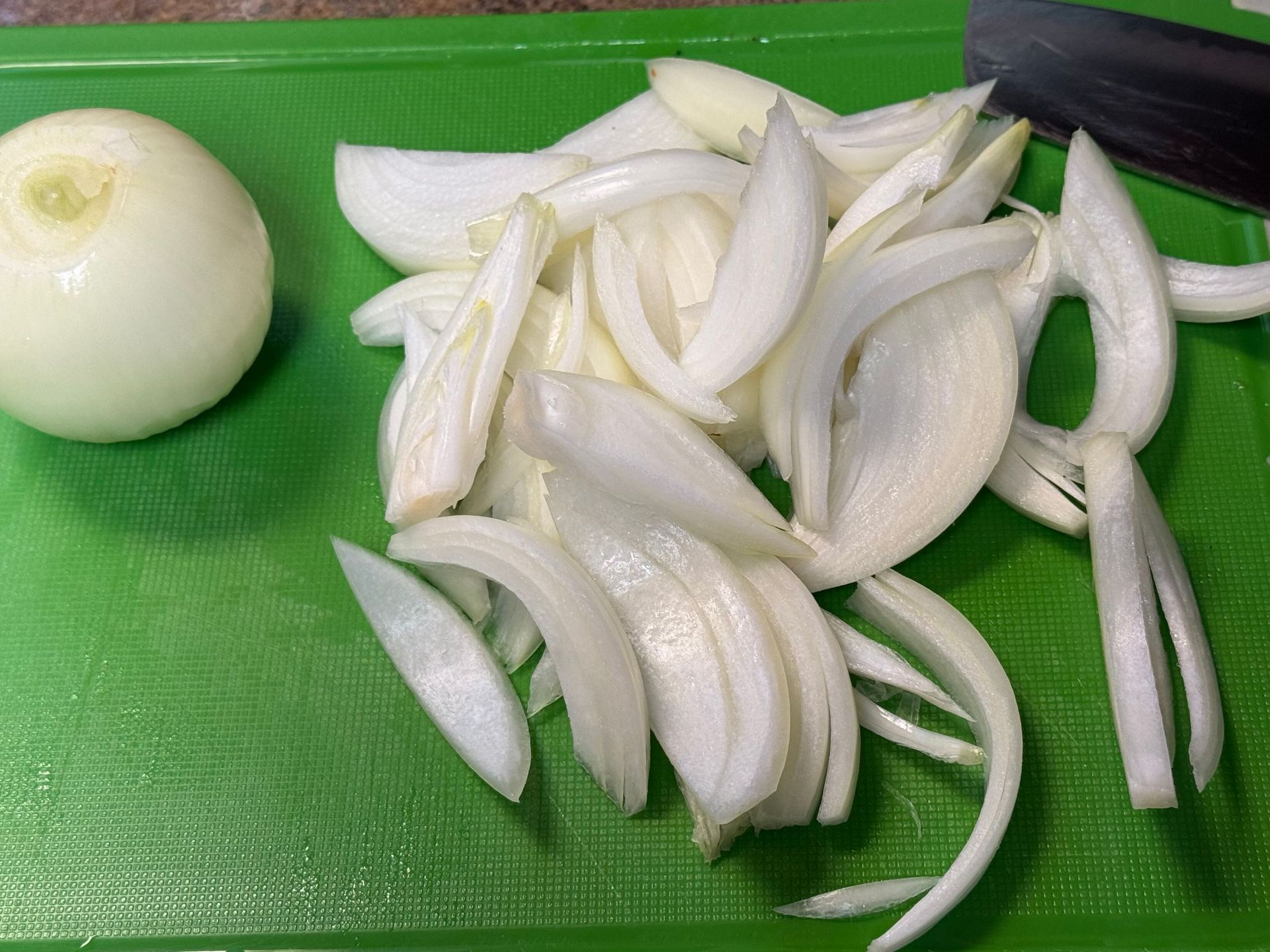
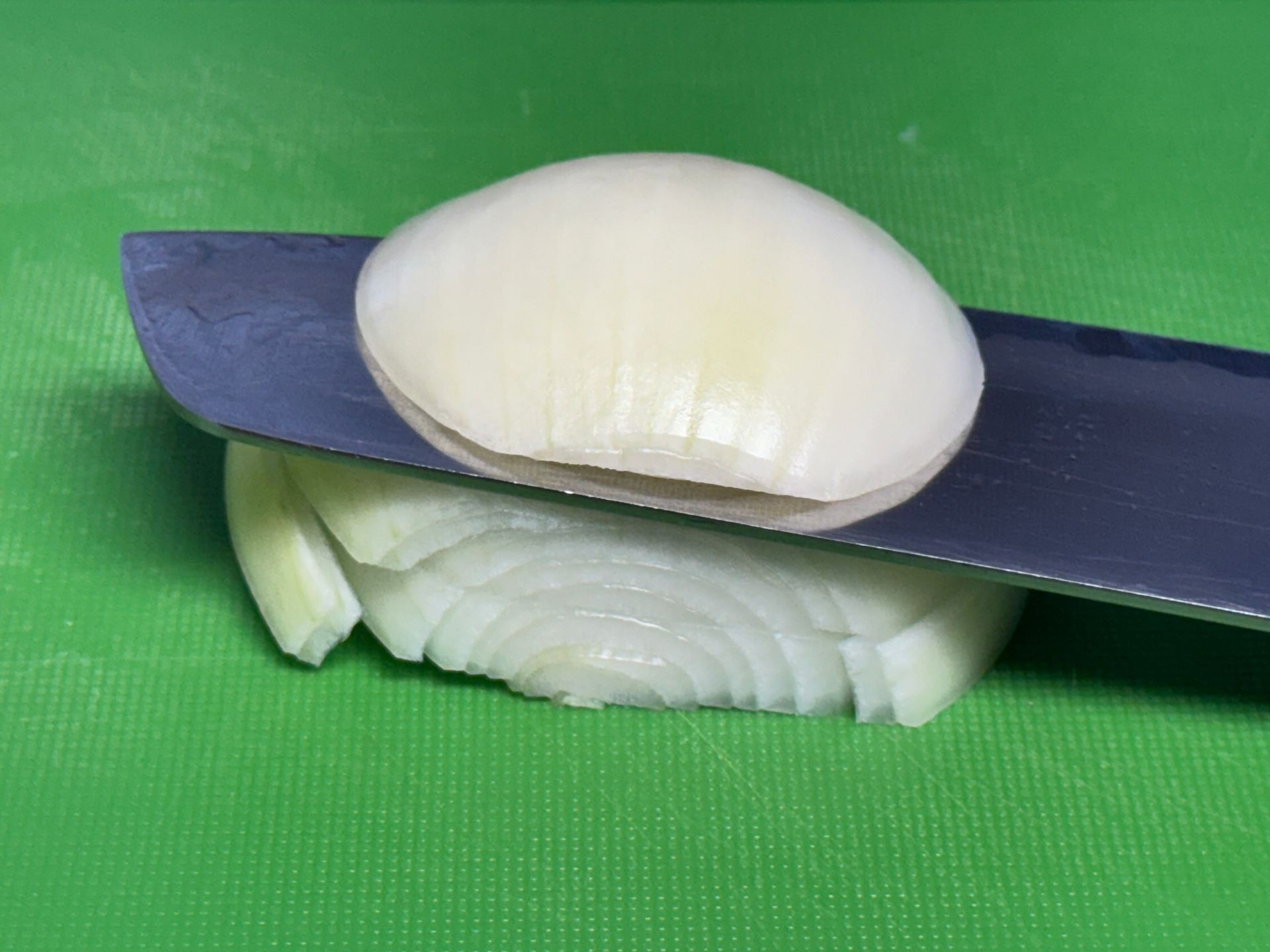
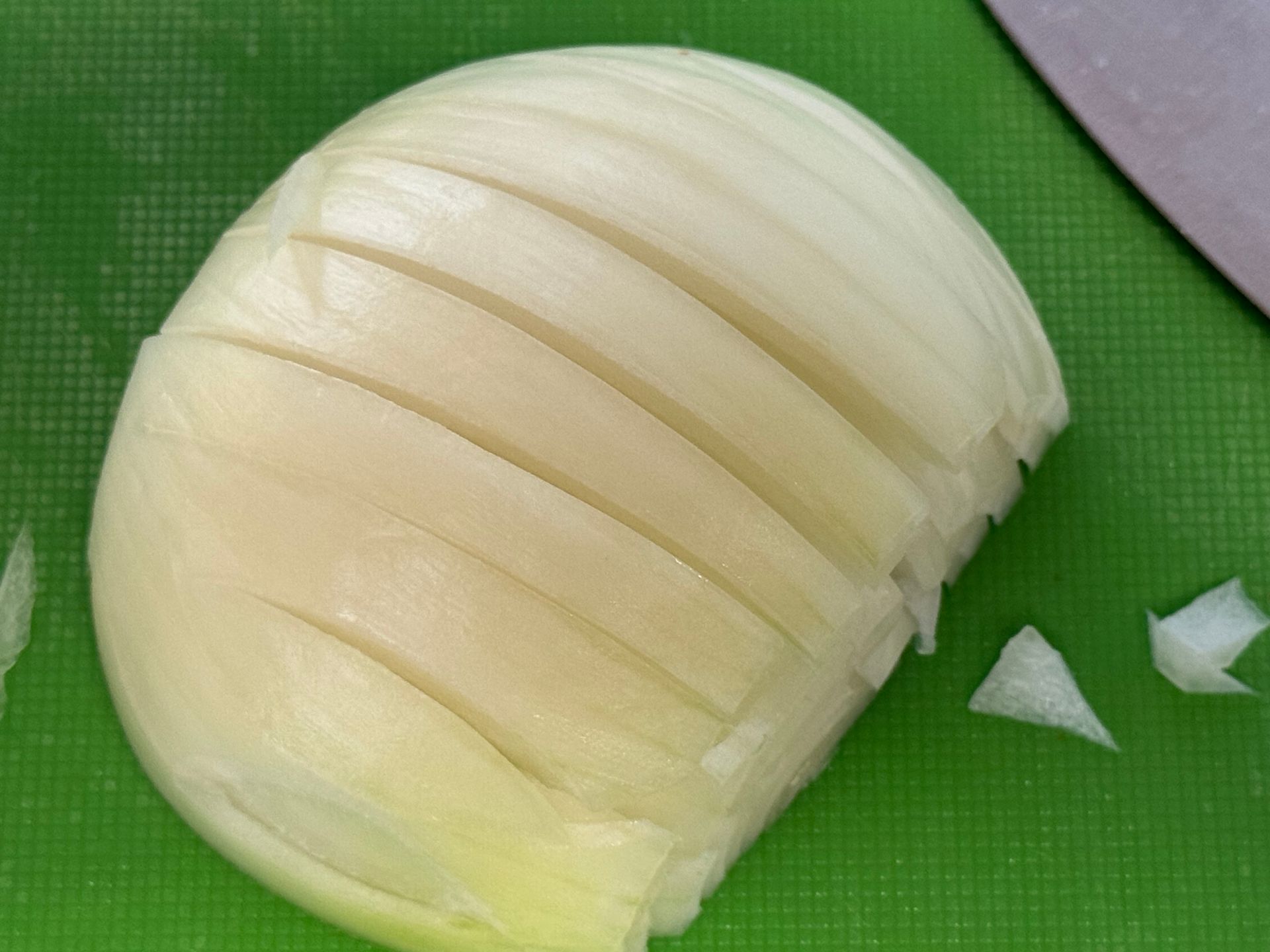
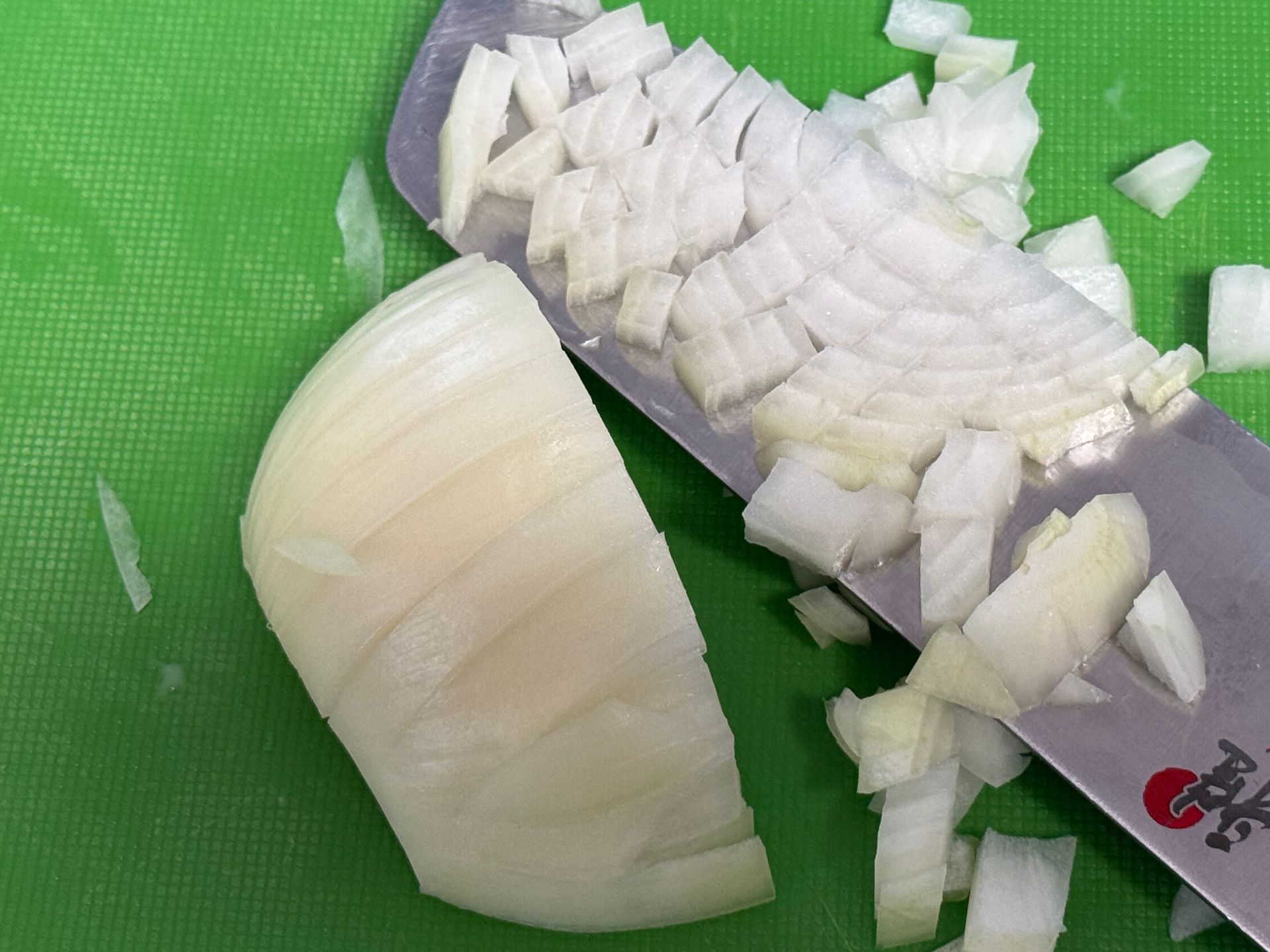
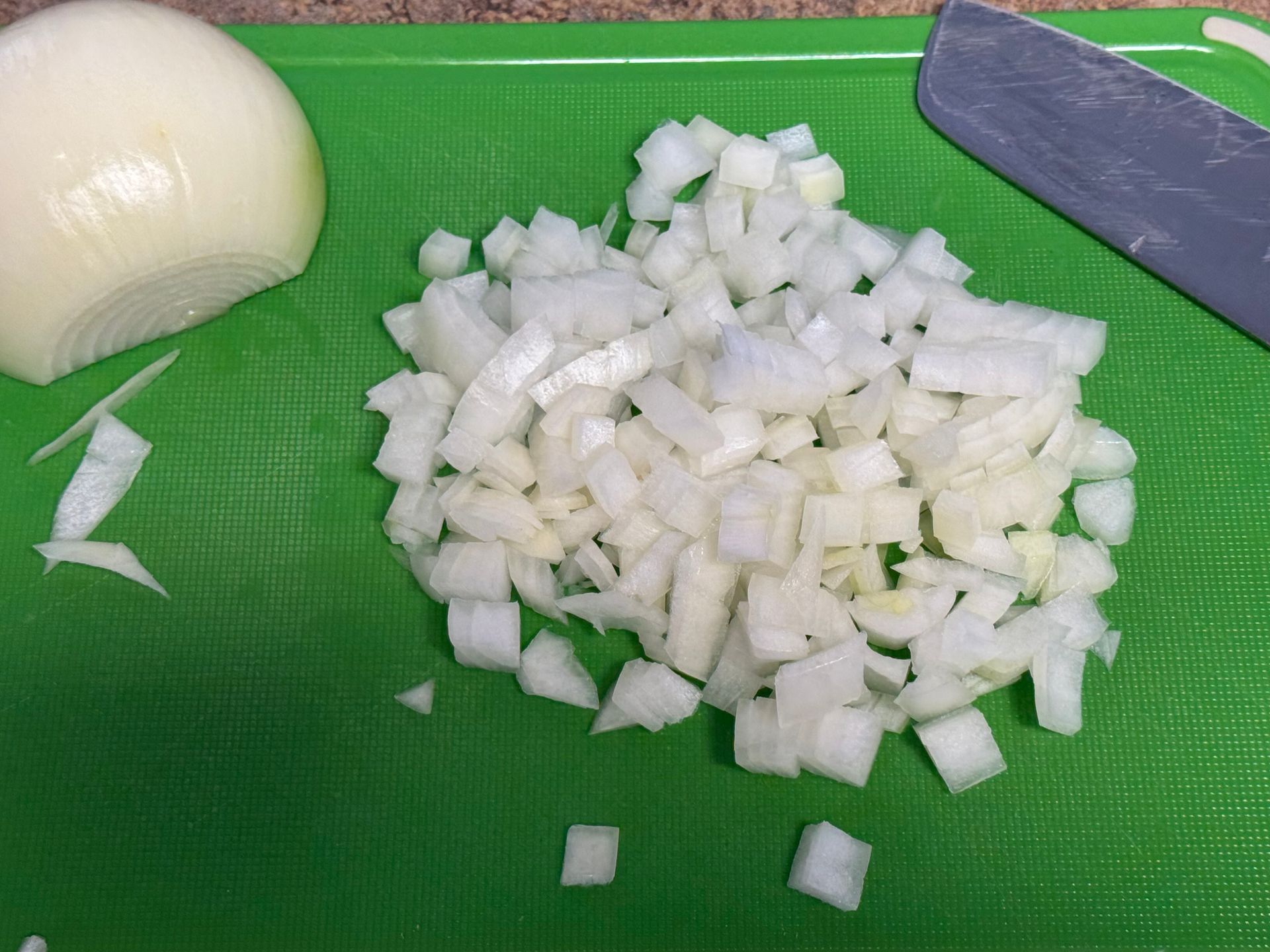
Place the onion on it's side, on a clean cutting board.
Using a sharp chef's knife, cut each end off (about 1/4 of an inch) and discard.
Using a paring knife, peel all of the skin off and discard. Wipe the cutting board of any soil, skin etc.. (onions grow under the ground and are sometimes dirty)
Using a sharp chef's knife, cut the onion in half, the core and ends should be on the top and bottom when you cut.
If you want onion rings, cut the onion in half with the core and top on left and right.
To slice the onion, lay one half down flat and slice with the grain from end to end, slightly having the blade of your knife at an angle so each slice is the same. Repeat.
To dice the onion, lay one half down, make 2 or 4 slices parallel to the top and bottom-you will hold the onion flat by putting the palm of your (non cutting) hand on top to hold the onion flat and making the slices with your other hand.
Next make even cuts down from the stem side to the core side but do not cut all of the way-the core holds the onion together so make the cuts about 80% of the way, but cutting down through the onion to the bottom.
Now make even cuts down, across the grain where the previous cuts are, to get diced, onion pieces. Cut carefully to the end.
If the onions look uneven, make several chops with the knife to get the size you need.
